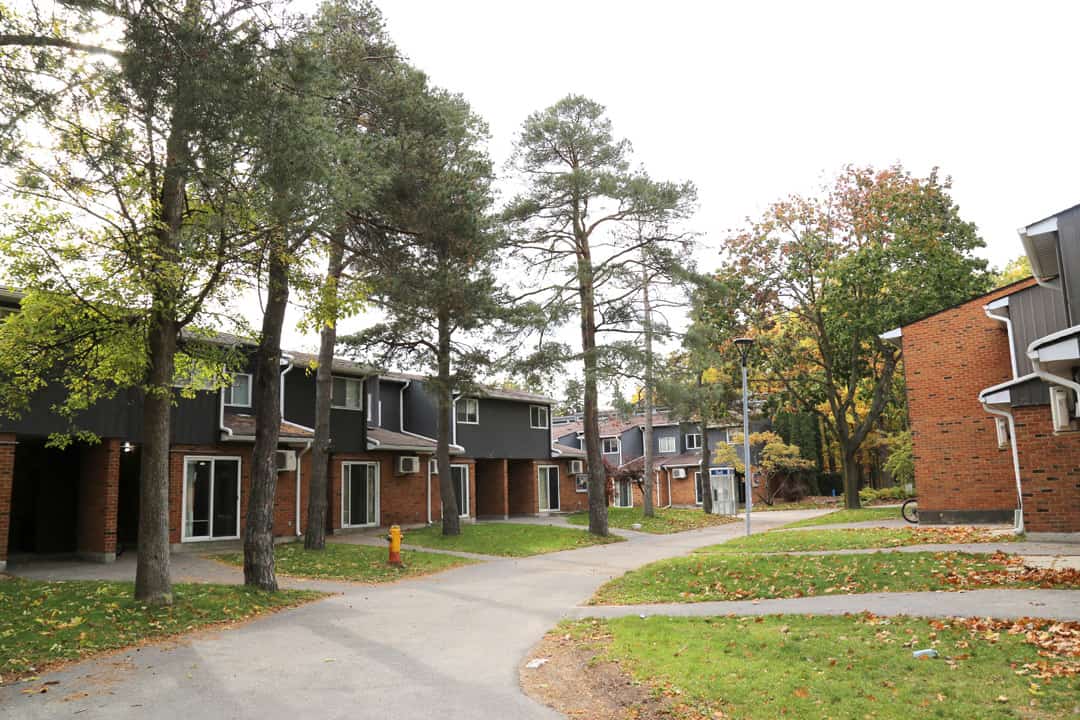Every year, one of the most significant challenges for first-year university students is stepping outside of their comfort zones and living with people they have never met on campus residences. This is especially true for international students, who also have to adjust to a different culture. For students to experience a smooth and comfortable postsecondary education, access to decent housing is crucial.
Indeed, when I started university at UTSC last year as a Malaysian student, I felt uncertain about my ability to adjust to this new lifestyle. However, living at a South Residence townhouse on campus helped me immerse myself into the university and Scarborough’s broader culture. This year, I was fortunate enough to live on residence again. Other students, however, did not share this luxury.
As the number of students attending UTSC and the commensurate demand for housing grows, the issue of insufficient space on residence intensifies. This forces many undergraduates to endure long commutes to school or to find landlords around campus who are willing to rent rooms to students.
These decisions are also informed by the cost of on-campus residence. At UTSC, there are currently two residence options for students: Joan Foley Hall, which is an apartment-style residence, costing $9,624 per year for a single bedroom; or townhouses, which cost as much as $8,560.
These unaffordable prices, coupled with inadequate housing for the student population, encourage many students to consider inexpensive but illegal rooming houses around Scarborough. In this scenario, a single person’s rent is split with other students who are willing to share the rent to live in the house.
In 2014, The Varsity reported on an incident of an illegal rooming house on Military Trail near UTSC that was shut down by authorities, as “11 students were found living in cramped and unsafe conditions.” Earlier this year, a UTSC student was killed in fire at an illegal rooming house on Haida Court. This phenomenon raises serious questions about the link between the lack of access to affordable housing and the exploitation of desperate student tenants.
It is therefore crucial that U of T does its part to improve access to housing for students. One hope is a planned residence project at UTSC, which intends to increase the number of beds from 765 to 1,261 by March 2020. The City of Toronto, more broadly, must also invest in affordable and decent off-campus housing. This way, more commuter students can choose to live closer to school and avoid the strain of long-distance travel, and fewer students will find themselves in unsafe housing circumstances.
As an international student still living in residence, I am aware of the privileges that come with not having to worry about long commutes or unsafe housing. Indeed, the housing issues I have had to deal with have been relatively insignificant — the heater breaking down, having to walk over a mile for food, or fending off raccoons.
For the most part, I have been able to remain focused on what I imagine student life to actually be: studying, experiencing campus life, and further familiarizing myself with local culture.
Speaking from personal experience, I sincerely hope that UTSC will become a comfortable and convenient learning and living space for all students. By eliminating the burdens that arise with a lack of access to livable and affordable housing near and on campus, we can take a major step in achieving that hope.
Michael Phoon is a second-year Journalism student at UTSC. He is The Varsity’s UTSC Affairs Columnist.


